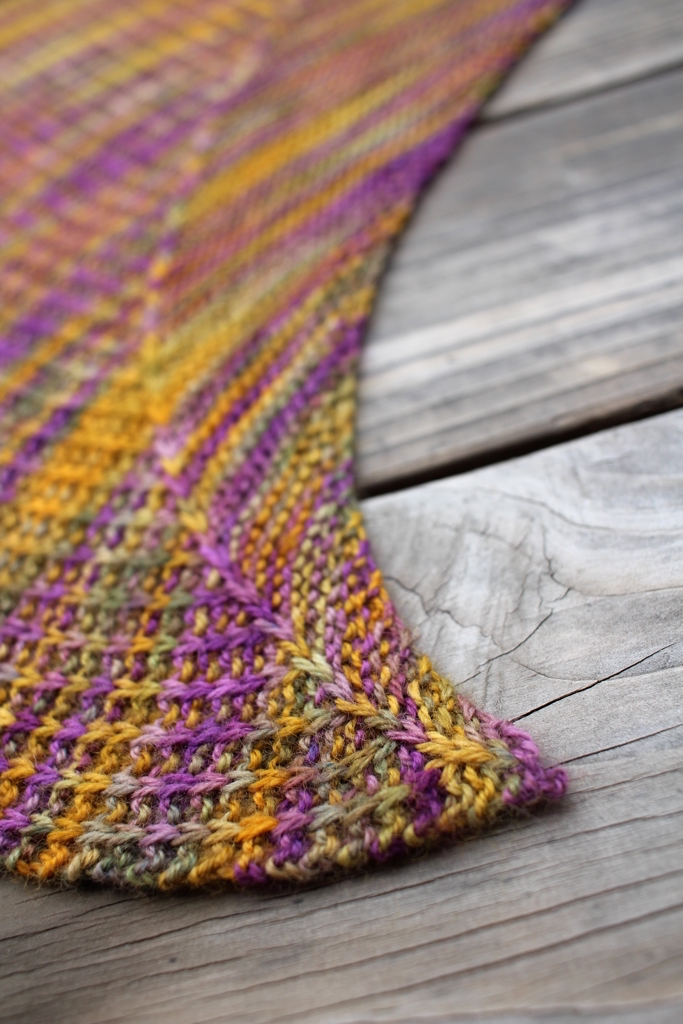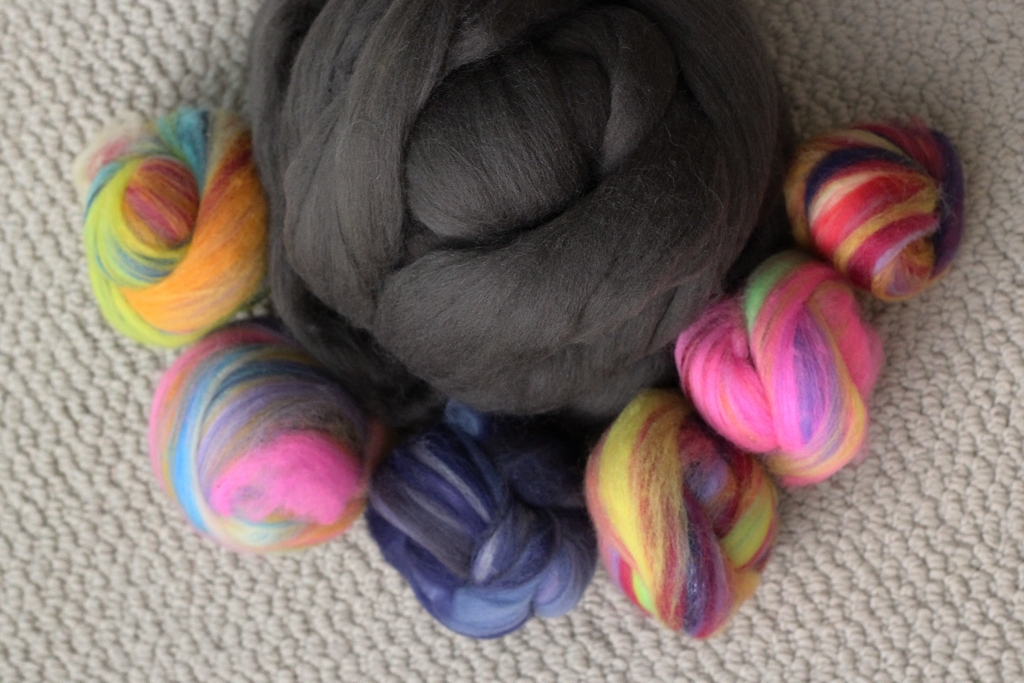Spinning for the Joy of Spinning
/Registration for Spinzilla was last month, but I wasn’t sure if I wanted to participate this year. I’ve participated every year since Spinzilla began in 2013. Two days before registration closed, I finally decided that I might as well keep the streak going. But I didn’t actually remember to sign up until the afternoon of the last day, and missed the deadline. Frustrating? Yes, but I’m spinning anyway. Not for Spinzilla though.
I didn’t spend any time at my wheel during September. I had packed it up to go to a spin-in at a local yarn shop only for my allergies to knock me out of commission. Then other projects and deadlines kept coming up, and my wheel never made it back out of the bag. I’d also packed 4 oz of superwash BFL, an Akerworks flat pack bobbin, and notions. It turned out to be a nice kit when I was ready to spin again.
After the wheel was set up and oiled, it was time to finish prepping the fiber. I’m aiming for a heavy fingering weight yarn which is hard for me to achieve when I working from the full bulk of the roving. I split the roving lengthwise into 16 more or less equal sections. 8 for each ply. Then there was nothing left to do but start spinning.
The roving was dyed in mottled pattern without a color repeat, so I joined the sections at random. Working from the smaller pieces really helped keep clearer colors. There’s black, brown, dark green, light green, blue, and acid yellow which would be so easy muddy. The colorway is called Swamp Thing after all. Plus, not having to work type-writer style across the top of a big chunk of roving helped me draft a fine and consistent yarn.
I’ve been trying to be more adventurous with my spinning this year, and work with new fibers. This is the first time that I’ve spun with superwash fiber of any kind. I went in expecting the fibers to be slippery and hard to work with. While the fibers definitely weren’t as grabby as regular wool, they weren’t any harder to spin than a well carded merino. I’m glad I finally tried spinning a superwash yarn since it no where as difficult as I’d built it up to be in my head.
Not being able to register for Spinzilla was a bummer at first, but I’m not aggravated about it anymore. Just the thought of Spinzilla was a good kick in the pants to sit down at my wheel again. I’m working at my own pace without worrying about trying to beat my numbers from 2015. Plus, it’s nice just to spin for the joy of it.

























































































